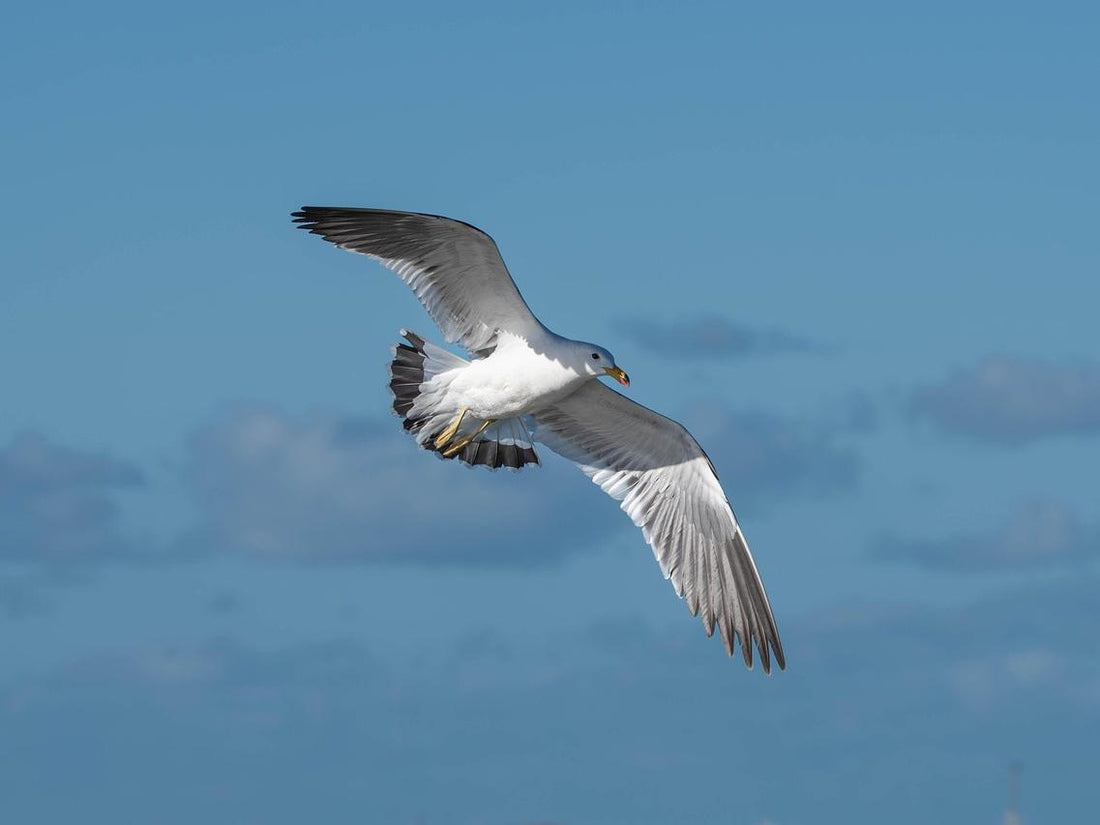How High Do Birds Fly?

Birds are among the most impressive fliers in the animal kingdom. They can glide, soar, and flap their wings to travel long distances and high altitudes.
So, how high do birds fly? The answer varies based on the bird species, the goal of the flight (migration, foraging, or fleeing predators), and environmental elements such as air pressure and temperature. Some birds remain close to the ground year-round, while others can reach extraordinary heights.
Common Flight Altitudes
The majority of birds maintain low-altitude flight during their routine activities. For instance, passerine birds, including sparrows, robins, and starlings, typically forage or traverse between trees at altitudes ranging from 20 to 100 meters (approximately 65 to 330 feet). In contrast, waterfowl such as ducks and geese tend to fly at higher altitudes, generally between 200 and 1,000 meters (roughly 650 to 3,280 feet), especially when evading potential threats or predators.
Raptors, such as falcons and eagles, often soar within an altitude range of 300 to 1,500 meters (about 1,000 to 5,000 feet) during hunting expeditions. This behavior allows them to conserve energy while expanding their visual range for more effective prey detection.

Outstanding Flight Altitude Records
Most birds don't fly very high during migration, but certain species may reach amazing heights. For instance, it is generally known that the bar-headed geese (Anser indicus) can fly across the Himalayas and reach altitudes of about 8,800 meters (around 29,000 feet), which is the height of Mount Everest. Due to special physiological alterations, including bigger lungs and more efficient oxygen utilization, these geese are able to fly in thin air.
The Rüppell's griffon vulture, which is currently the highest-flying bird, sets another amazing record. At 11,278 meters (about 37,000 feet) above the cruising altitude of most airplanes, one of these vultures struck a commercial aircraft over Africa in 1973.
What Influences Flight Altitude
The flight height is influenced by numerous things:
1. Migration
Because of predators and turbulence, some migrant birds must fly high to prevent and save energy.

2. Weather
Weather factors such as temperature changes, wind direction, and storms can all cause birds to change their flight altitudes.
3. Predators
Once encountering natural enemies on the ground or in the air, birds will fly high quickly to get out of danger.
4. Terrain
Terrain When flying over mountains, deserts, or oceans, birds typically fly higher in order to glide uninterrupted for a longer amount of time.

Conclusion
Birds can fly at a variety of altitudes depending on their body size, species, flight objective, and environment.
Some birds may soar to heights of 8,000 or even 11,000 meters above the ground, although most birds only fly a few hundred meters.




